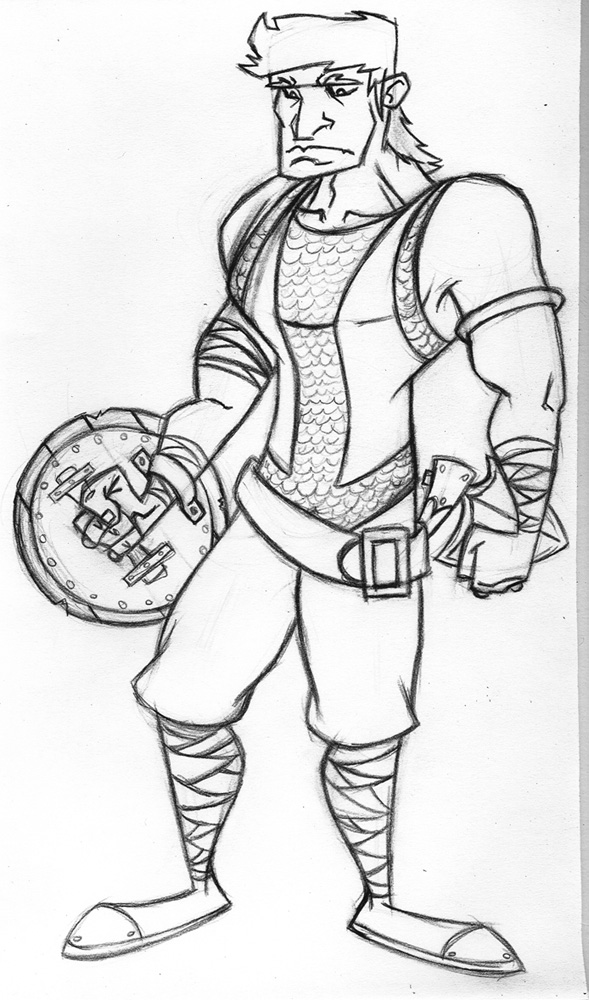

People have taught it for a couple of hundred years-ish. “Beowulf” is a 1,000-plus-year-old epic poem, and it’s something that’s in the canon. For the non-“Beowulf” knower, what is “Beowulf”? What is the story? What did it become for you? This interview has been edited for length and clarity. Headley spoke with the NewsHour on what initially drew her to the epic poem, how she rehumanized characters like Grendel’s mother, and how words like “stan” opened up new possibilities for her translation. I think that’s something that we can really apply to our contemporary society.” Headley said in her translation, there are still all the familiar heroics, humor, bravery and bravado of “Beowulf,” in addition to a theme of mourning,not just for individual loss, but a “mourning for societies that don’t function correctly, that don’t have equality, that don’t have safety for everyone. Why is it built like this? It doesn’t have to be built like this.’”

“The world is looking at the building blocks and going, “This is still the case. “I think that’s how you change,” she told the PBS NewsHour’s Jeffrey Brown.

With her version of “Beowulf,” she said, she wanted to make the Old English story feel more intimate, “to make it feel like you could be watching the news and watching the story and having your own suspicions about whether or not this is a good story.” Headley, whose 2018 novel “The Mere Wife” is itself a modern “Beowulf” retelling, said she’s always been interested in how mythology and folklore have been “building blocks” for society. Previously, it’s been “Hark!” or “So!” Headley, instead, opts for “Bro!,” a word that would resonate more with readers today. “Beowulf” famously opens with a storyteller wanting to snap a crowd to attention. One way Headley connects the poem with modern readers is through language, mixing in some contemporary words into an Old English text. “It’s an old story, but we’re still talking about the same things,” she said.
#BEOWULF COLORSET HOW TO#
Part of its staying power, Headly said, is how its themes - heroes and villains, how to ensure safety, who’s a monster - are absorbed into our society today. Maria Dahvana Headley, whose new translation of “Beowulf” came out last year, wanted to build onto the thousand-year-old poem’s long history. The epic poem, which has been translated and re-translated for centuries, is the Anglo-Saxon tale of a warrior who’s celebrated for his victorious bouts with the monster Grendel, a vengeful Grendel’s mother, and finally a dragon that mortally wounds him.


 0 kommentar(er)
0 kommentar(er)
